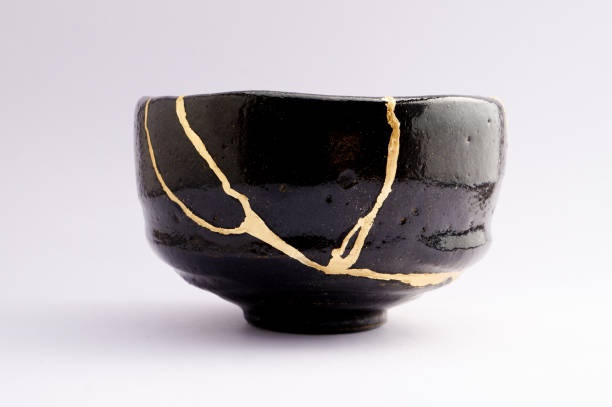Yesterday I spent the day at South Carlsbad State Beach where my friend, Sharon, was camping with her family. She invited me down for the day to enjoy the ocean breeze and sunshine. Looking out over the ocean I felt a sense of peace. I needed this day. My depression has been creeping back in and I have felt myself starting to spiral into the darkness. I thought of yesterday as beach therapy.
The beach has been a place to escape for me since my college days. I had the privilege of going to college on the Redwood Coast. It was there that I learned that the beach could calm me. Perhaps it is something in the breeze that soothes me. The waves rolling onto the sand quiet my thoughts. I can escape the running monologue in my head when I am on the beach. The beaches on the Redwood Coast had the added benefit of the redwoods towering to the East. These gentle giants protected me. Their green needles creating an image of safety in my mind as the scent of the ocean filled me.
While I was at the beach yesterday, I wrote. Actually, I was surprised to realize I had written 13 and half pages. That is quite productive for a day on the beach. My writing was a mix of poetry and journaling. The poems were uplifting. I was seeing the beauty in the ocean as I watched the waves gently coming ashore. As I journaled, I felt the poison of depression and anxiety flowing through my pen. The pages held the darkness that has been building up over the past several days. I tried to envision the words that emerged flowing out to sea with the waves. I’m not sure how successful I was, but I made the effort. That is what is important.
As I walked on the rocks that covered the water’s edge, I felt the unsteadiness of the loose rocks beneath my feet. That unsteadiness holds a similarity to living with depression. With depression I am rarely sure when I will have a good day. I step into each day hoping that the darkness will fade for a while, but I know it is always lurking. When I stepped on the rocks, I didn’t know if I would lose my footing. In the same way, I take a step forward and wonder if I will find the light of healing or if depression will darken my day. The unsteadiness is draining. I am always trying to steady myself. That is depression. There is so much uncertainty. The one thing that is certain is that the darkness hurts.
I picked up a few rocks and brought them home with me. Perhaps, I’ll paint them or start a rock garden. I wanted something tangible to remind me of the peace that floats in the air near the ocean. I think I need to escape to the beach more often. It definitely awakened the muse within me as I wrote several poems. I am never freer than when I am writing. Even when the painful thoughts emerge on the page, I am healing because those thoughts are leaving me. My pen ushers them out of my mind.
My day on the beach was therapy for me. We need different types of therapy when we struggle with depression or other mental illnesses. Talk therapy helps, but sometimes I also need the silence of the beach. I need the ocean breeze and salty air. Both types of therapy carry me forward into the light of healing. I know I must return to the beach more often. I can fill my journal on the water’s edge, release all the thoughts and feelings that are pent up inside of me.
I’ll end this post with a few Haiku poems I wrote on the beach:
A moment to breathe
Inhale the ocean’s clean air.
Settle into rest.
Waves lapping the sand.
Salty foam over my toes,
Cooling my lost soul.
I write on the beach.
Pen poised to capture hope
As waves crash on rocks.


